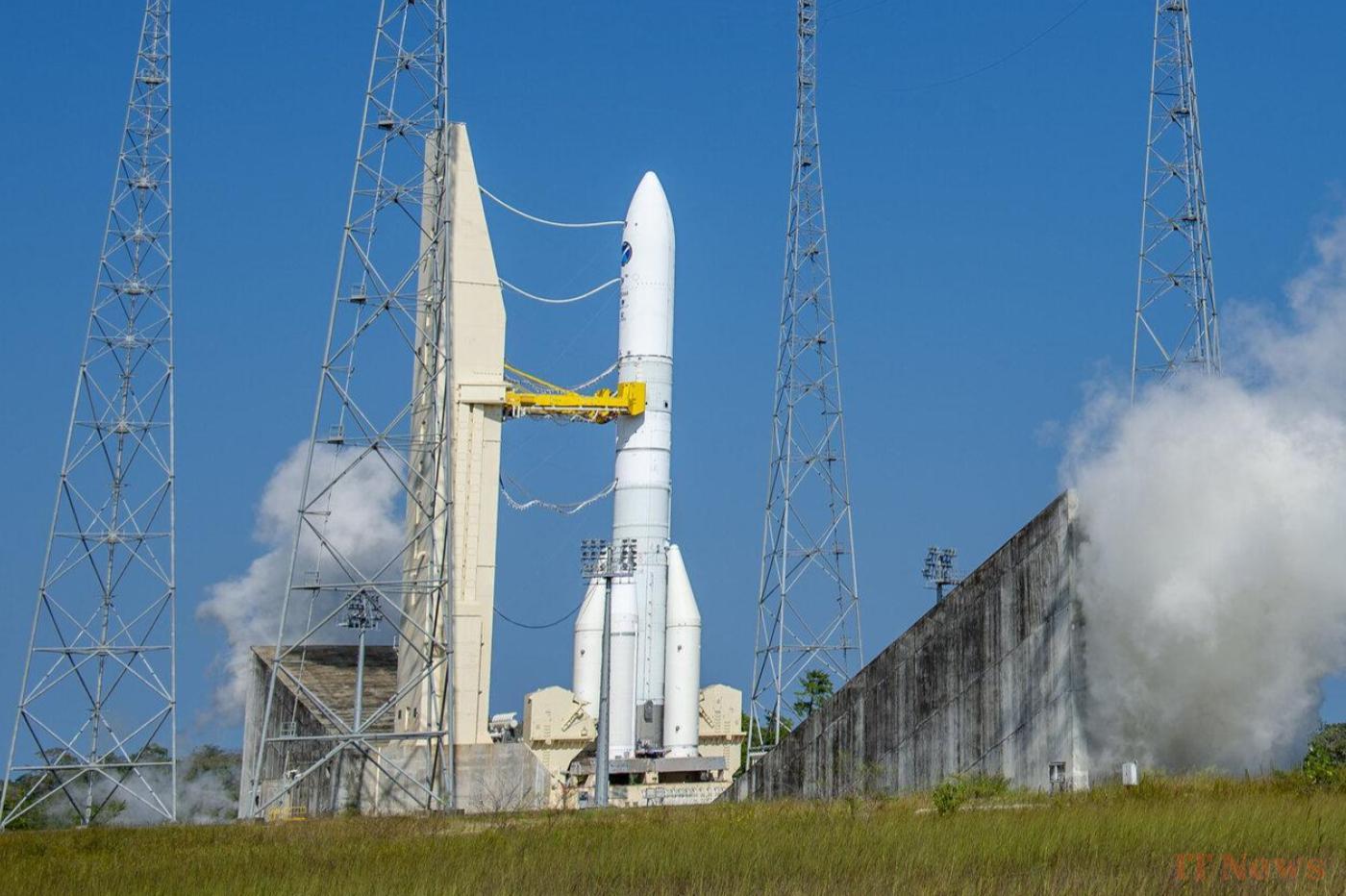Ariane 6 is now operational, and that's great news for European aerospace—but that doesn't mean it's going to stop evolving. ESA just announced in a press release that the engine for its future boosters, called P160C, was successfully tested for the first time on April 24—a major milestone in the development of the next iterations of the launcher.
Enabling medium- and heavy-lift launchers like Ariane to overcome Earth's gravity is anything but child's play. These vehicles typically weigh in the hundreds of tons, and very significant thrust is required to get them off the ground. Liquid-fueled main engines are unable to achieve this on their own.
For this reason, rockets are often equipped with side thrusters called boosters. They help the vehicle gain speed during the first phase of ascent, before being ejected at altitude, once the influence of Earth's gravity becomes less noticeable. These are therefore absolutely crucial elements for large-caliber launchers; Increasing booster power directly increases the rocket's payload capacity, and, by extension, its operational performance.
A grain of performance and competitiveness
Today, Ariane and Vega-C—its little sister in the European rocket family—use a booster model called the P120C. The latter is relatively recent; it was inaugurated during the first flight of Vega-C, in July 2022. But ESA and CNES have high expectations for their two flagships, which will have to tackle increasingly ambitious missions in the coming years. To gain more room to maneuver, the European agency therefore decided to work on a new iteration, dubbed P160C.
The main change concerns the booster's dimensions: the P160C is one meter longer than its predecessor. This might seem trivial, but it is anything but negligible in practice. This additional volume allows the engine to carry more than 14 additional tons of solid propellant, with all that this implies in terms of payload capacity and commercial competitiveness.
This new booster comprises three main components. The first is a lightweight and strong structure, built from carbon/epoxy composite by the Italian company Avio. This service provider also led the design of the second element, the composite aluminum igniter, which was then manufactured by Nammo in Norway. Then there's the nozzle, whose role is to evacuate the gas produced by the combustion of the propellants to generate thrust. In this specific case, it also plays a significant role in the vehicle's control thanks to its ability to pivot. This extremely important component was manufactured by ArianeGroup at its Haillan site, near Bordeaux.
These three elements were then assembled in French Guiana, where the Ariane rocket launch base is located, within the joint subsidiaries of Avio and ArianeGroup (Regulus and Europropulsion respectively). All that remained was to test the engine through what is called a qualification test. And that's precisely what ESA did this Thursday at the CNES Solid Accelerator Test Bench (BEAP). The agency reported that this test was a success. This suggests that the P160C is not only functional, but that its performance is in line with engineers' expectations.
This is very good news for the future of Ariane and Vega-C. Although the ESA press release does not indicate when this new booster will enter service, it is undoubtedly a major milestone in the development of future upgrades to European launchers, which will benefit from a substantial performance gain.
Ariane 6 returns to service this summer
In the meantime, we look forward to seeing you at the next Ariane 6 mission, which will take place in August. The new star of European aerospace will be responsible for deploying the MetOp-SG A1 meteorological satellite into a sun-synchronous orbit. It will be very interesting to see if this flight goes as well as the launcher's first commercial mission, which was brilliantly carried out at the beginning of March.



0 Comments